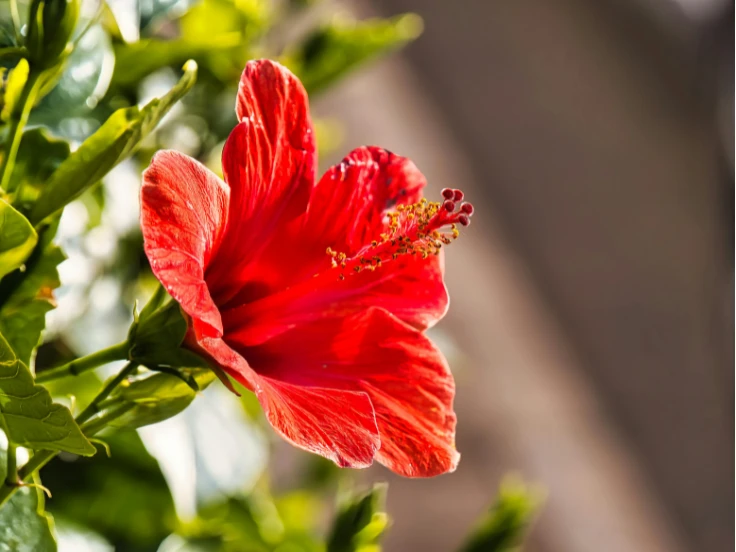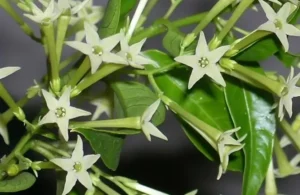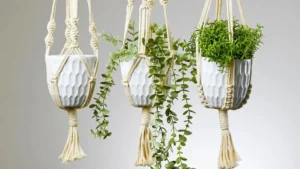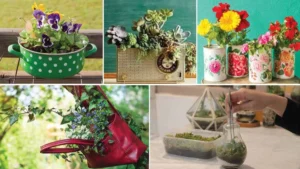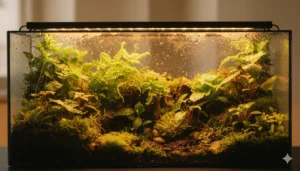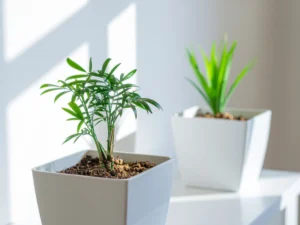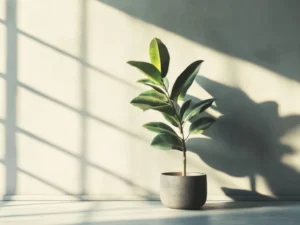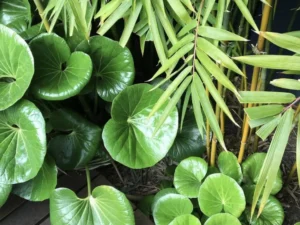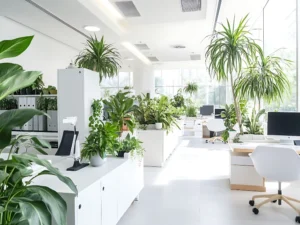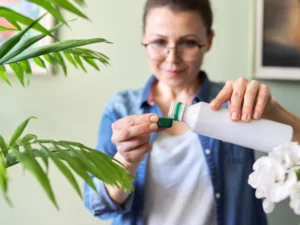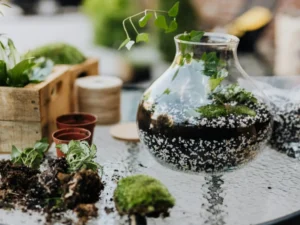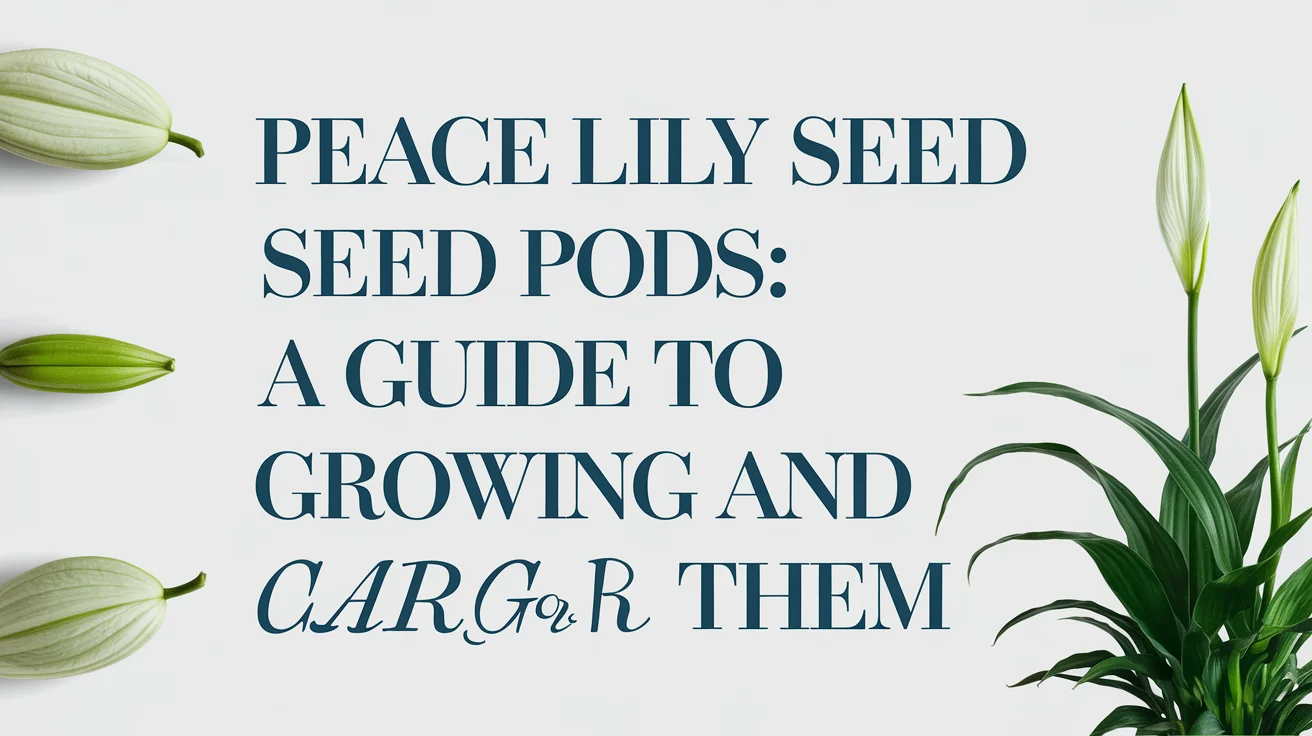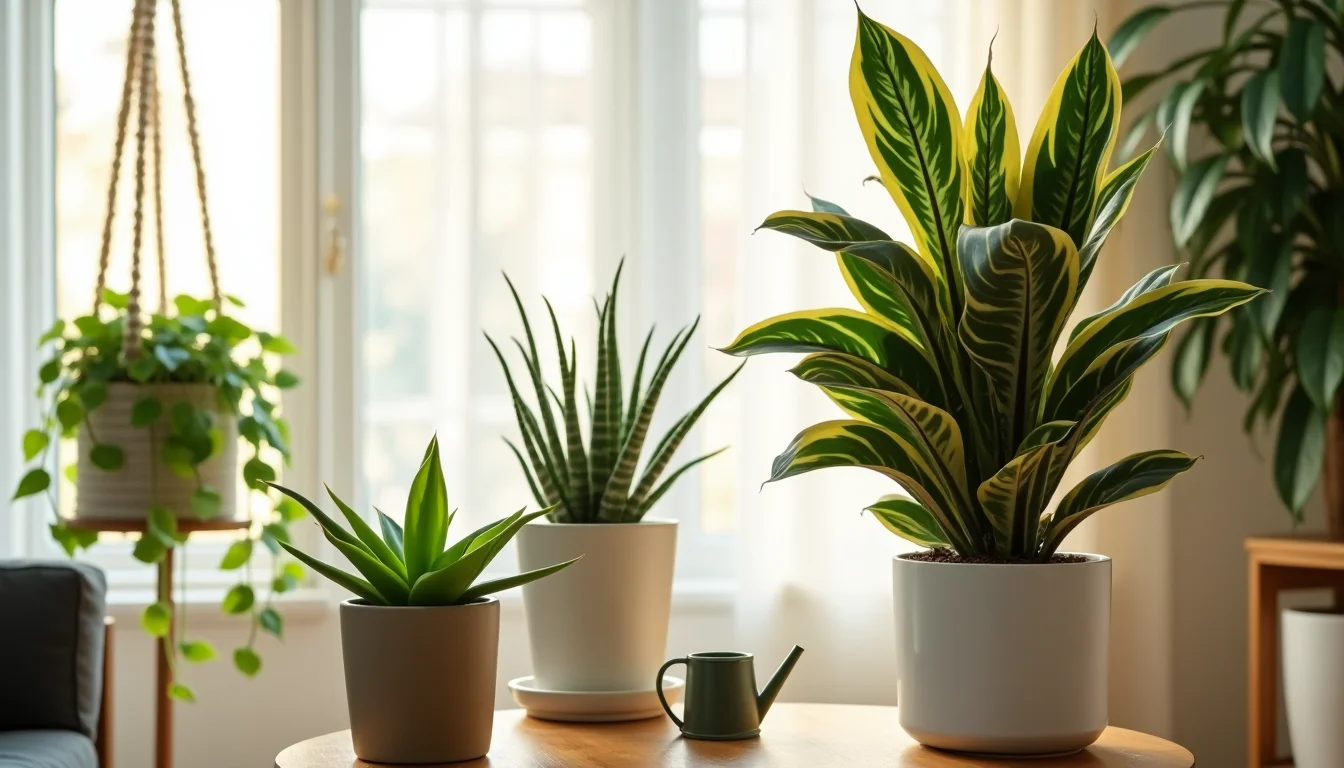If you are asking yourself “why is my hibiscus plant not flowering,” you are not alone. Many gardeners experience this problem despite providing what they think is proper care. Hibiscus plants are tropical beauties, but their flowering depends on multiple environmental and care-related factors. Understanding the reasons behind your hibiscus’s lack of blooms is the first step to resolving this issue.
By examining sunlight, watering habits, fertilization, pruning, pests, and soil conditions, you can encourage your plant to bloom beautifully and consistently. This article provides professional guidance to solve your hibiscus flowering problems.
Why Is My Hibiscus Plant Not Flowering? Common Causes
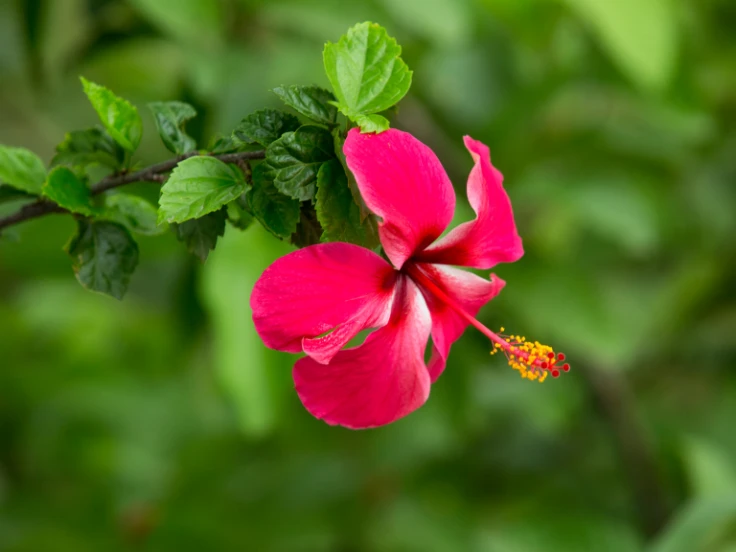
Insufficient Sunlight Can Prevent Hibiscus from Flowering
One of the most common reasons people ask “why is my hibiscus plant not flowering” is insufficient sunlight. Hibiscus plants thrive in full sun and need at least 6–8 hours of direct sunlight daily. Without proper sunlight, the plant prioritizes leaf growth over flower production.
-
Solution: Relocate your hibiscus to a sunny spot. Indoor plants may benefit from grow lights if natural light is insufficient. Consistent sunlight exposure ensures the plant has enough energy to produce flower buds.
Improper Watering Leads to Non-Flowering Hibiscus
Incorrect watering is another frequent cause for gardeners wondering “why is my hibiscus plant not flowering.” Both overwatering and underwatering can stress the plant and prevent blooms.
-
Solution: Water the plant when the top inch of soil feels dry. Ensure the container or garden soil has proper drainage to prevent root rot. Balanced watering provides the energy the plant needs to develop flowers rather than recover from stress.
Excess Nitrogen Fertilizer Can Inhibit Hibiscus Flowering
Excess nitrogen promotes lush foliage but prevents flower bud formation. This is another reason people often ask “why is my hibiscus plant not flowering.”
-
Solution: Use fertilizers with a higher phosphorus content (like 10-20-10) to encourage blooming. Proper nutrient balance ensures the plant directs energy to flowers rather than leaves.
Incorrect Pruning Affects Flower Development
Pruning at the wrong time can remove flower buds and reduce blooms. This is a subtle but common reason why your hibiscus may not flower.
-
Solution: Prune after the flowering season, removing dead or damaged branches. This encourages new growth that will bear flowers in the next season. Avoid heavy pruning before or during flowering periods.
Temperature Stress Can Stop Hibiscus from Blooming
Hibiscus plants are sensitive to extreme temperatures. Exposure to cold or sudden changes can inhibit flowering, causing many to ask “why is my hibiscus plant not flowering.”
-
Solution: Protect your hibiscus from temperatures below 50°F (10°C). Indoor relocation or frost protection may be necessary in colder climates. Consistent temperatures support the plant’s flowering cycle.
Pests and Diseases Can Prevent Hibiscus Flowering
Pests such as aphids, spider mites, and whiteflies weaken hibiscus plants, diverting energy from flower development. Fungal or bacterial diseases can also affect flowering. Additionally, proper pruning of hibiscus can improve airflow and plant health, helping prevent pest infestations and encouraging more vibrant blooms.
-
Solution: Inspect your hibiscus regularly and treat infestations promptly using neem oil, insecticidal soap, or fungicides. A healthy plant can focus on flower production rather than defense.
Immature Plants May Not Flower Immediately
Young hibiscus plants sometimes require time to mature before flowering. Many gardeners notice green foliage but no blooms, asking again “why is my hibiscus plant not flowering.”
-
Solution: Provide consistent care with adequate sunlight, water, and nutrients. Most hibiscus plants begin flowering within 6–12 months of planting. Patience is key.
Rootbound Conditions Can Reduce Hibiscus Flowering
Container-grown hibiscus may become rootbound, limiting nutrient and water uptake and preventing flowering.
-
Solution: Repot your hibiscus in a larger container. Healthy roots support flower bud formation and overall plant vigor.
Soil pH and Nutrient Deficiency Affect Flowering
Soil pH influences nutrient availability. Hibiscus prefers slightly acidic soil (pH 6.0–6.5). Imbalanced soil can prevent blooms, making gardeners ask “why is my hibiscus plant not flowering.”
-
Solution: Conduct a soil test and amend deficiencies in potassium, phosphorus, or magnesium. Balanced soil promotes flower development.
How to Encourage Your Hibiscus to Flower
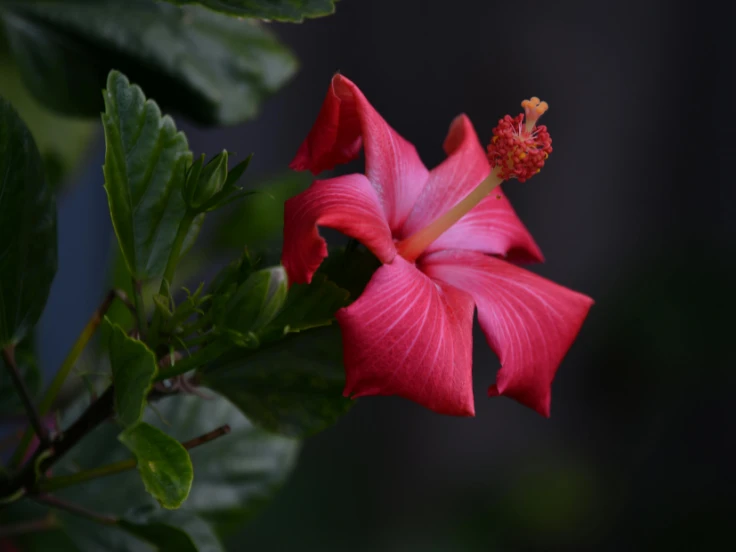
If you want to solve “why is my hibiscus plant not flowering,” follow these expert tips:
-
Maximize Sunlight: Provide 6–8 hours of direct sunlight daily.
-
Water Properly: Keep soil evenly moist without waterlogging.
-
Use Flower-Promoting Fertilizers: Select fertilizers higher in phosphorus and potassium.
-
Prune After Flowering: Remove dead or damaged branches to stimulate new growth.
-
Maintain Ideal Temperature: Avoid extreme cold or heat stress.
-
Control Pests: Regularly inspect and treat for pests and diseases.
-
Repot When Needed: Provide sufficient space for healthy root growth.
-
Adjust Soil pH: Keep soil slightly acidic and nutrient-balanced.
Frequently Asked Questions
Q1: How often should I water my hibiscus plant?
Water when the top inch of soil is dry, ensuring good drainage to prevent root rot.
Q2: Why are my hibiscus buds dropping before blooming?
Bud drop often occurs due to temperature stress, inconsistent watering, or pests. Addressing these factors reduces bud loss.
Q3: Can Epsom salt help hibiscus bloom?
Epsom salt provides magnesium and sulfur if there is a deficiency. Use only if a soil test indicates a need. More info: The Spruce – Hibiscus Care
Q4: When is the best time to prune hibiscus?
Prune after the flowering season to encourage new buds for the next bloom.
Q5: Can mature hibiscus fail to flower?
Yes, even mature plants can fail due to sunlight, fertilization, or environmental stress. Correct care is key.
Conclusion: Solve Why Your Hibiscus Plant Is Not Flowering
If you are wondering “why is my hibiscus plant not flowering,” the reasons can range from insufficient sunlight, inconsistent watering, improper fertilization, incorrect pruning, temperature stress, pests, root issues, or soil imbalances. By identifying and addressing these factors, you can provide the ideal conditions for your hibiscus to thrive.
Implementing the right care strategies ensures your plant produces vibrant blooms, transforming it into a stunning focal point in your garden.Patience, consistent care, and proper environmental conditions are essential. By addressing sunlight, water, nutrients, pruning, temperature, and pests, your hibiscus can thrive and become a flowering centerpiece in your garden.
With these practices, even previously non-flowering plants can soon produce vibrant blooms, bringing beauty and color year after year. Maintaining this routine ensures long-term health and maximizes your hibiscus’s flowering potential. For more inspiration, explore our comprehensive guide on 100 types of flowers to discover blooms that can brighten any garden.
For more detailed hibiscus care information, visit The Spruce – Hibiscus Care Guide.

